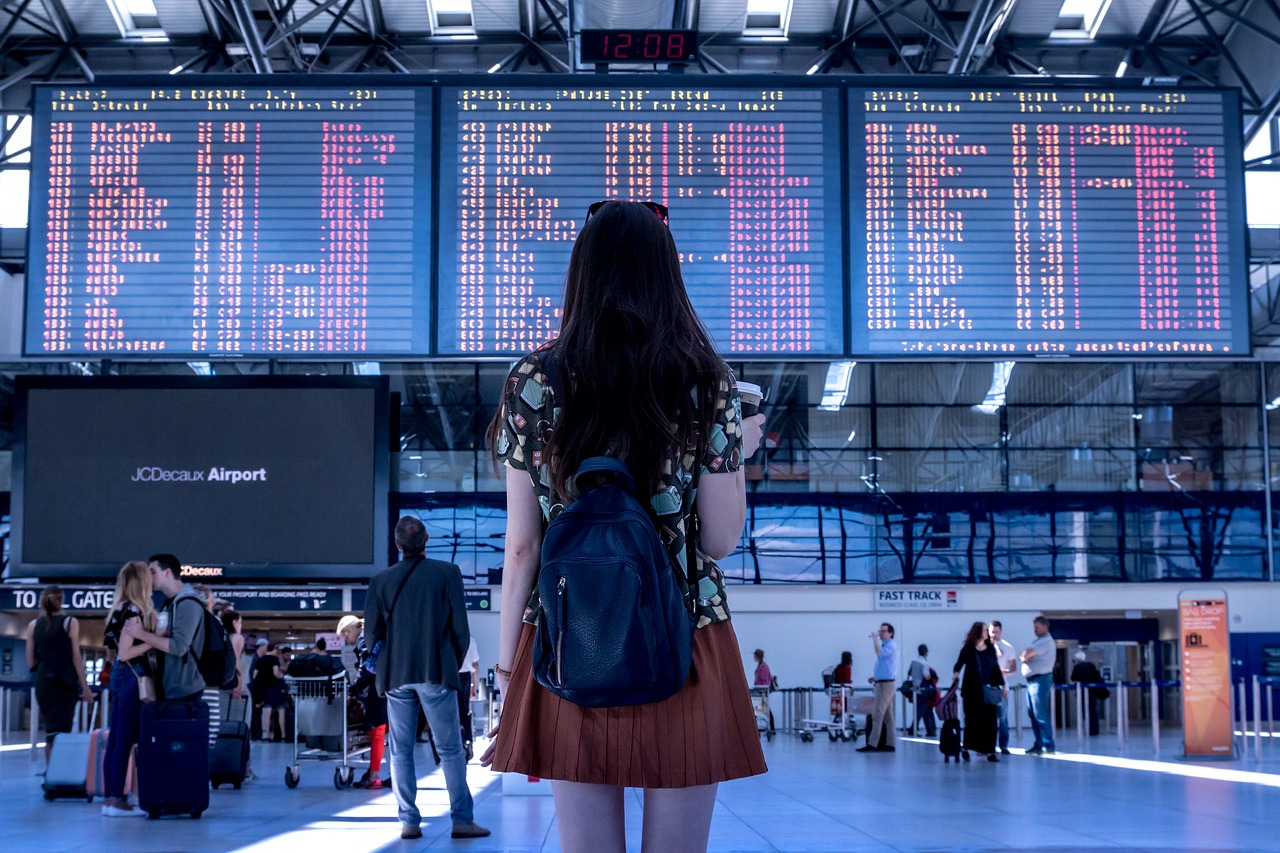The travel industry has always been quick to adopt new technologies. A vacation is a high-ticket purchase, after all, and potential clients often like to know what they are getting into before booking that tour. In the early 2000s, travel companies were among the first businesses to leverage the World Wide Web to increase customer reach and sales. Today, it seems clear that virtual reality will be the next big technology for the industry to embrace.
VR is a natural fit for travel. After all, the technology is all about unchaining the user from their physical boundaries. Using virtual reality technology, one can tour places near and far, real or imagined, and even travel through time. After all, the technology is all about travel. Far more than travelogues, still pictures, or even video, a VR experience is the perfect way to gain a “sneak peek” of a destination before so much as packing a bag.
Applications of Virtual Reality in Travel
Hotel giants, airlines, museums, and more are leveraging the new virtual world to create happier, healthier, and better travelers. Below are some of the best examples of how VR is set to transform the travel industry.
Google Street View = Virtual Reality Travel
Google Street View came into existence long before the average user had ever heard the terms
“virtual reality”,
“mixed reality” or certainly “head-mounted display”, but in many ways it is the original form of VR travel. Picking a random spot in a random city and enjoying a mouse-clicking tour through the millions of 360° photos taken by Google’s fleet of
Street View Cars has been a pastime of many over the years.
Last year, Google gave the old standby a serious upgrade and brought it into the VR age. Users of the Google Maps smartphone app can now slip their phone into a Cardboard headset and enter the virtual world.
The new feature is a no-brainer for Google, the developers of both Street View and Cardboard. It is perhaps the best example of accessible VR: the DIY headset paired with the free web app. Listings of the best places to
virtually travel using Cardboard are already online. Falling down the
Google Hole may never be the same.
Hotel Provided VR Headsets
Hotel giant Marriott has faith that virtual reality will be a key component of the travel sector in days to come, with a number of entirely separate
virtual reality applications currently available.
Marriott began their foray into the virtual world with #GetTeleported, a publicity event in which guests and press were invited to don an Oculus Rift head-mounted display and engage in a stunning virtual experience, taking users around the world. The event was an enormous success, and Marriott soon doubled down on their VR investment.
Today in several Marriott hotels, guests can order a Samsung Gear VR head-mounted display to be delivered to their room, in what is charmingly called
VRoom Service. The headsets come pre-loaded with a number of virtual experiences set around the world, from Chile to Beijing, and are on loan to guests for up to 24 hours. These “virtual postcards” are a marketing play to increase Marriott brand awareness and attract tech-savvy millennials to the chain, and are expected to roll out to more locations soon.
YouVisit and Littlstar Virtual Vacations
Taking Marriott’s idea of virtual travel to its logical extreme is YouVisit. Using proprietary cameras and video streaming techniques,
YouVisit has amassed an impressive library of HD virtual travel experiences. Using a Google Cardboard mobile-based headset, the viewer is taken on a virtual tour of locations from Alaska to a Carnival cruise ship.
Although they are technically 360° videos, not true virtual experience where the user can move around at will, YouVisit still provides an excellent and economical way to travel the world without leaving home. The videos are a great way to choose one’s next big vacation destination, or just kill some time while waiting to board a plane.
YouVisit isn’t the only 360° travel video repository.
Littlstar, YouVisit’s main competitor, bills itself as a VR cinema network and maintains large variety of 360° still photos and videos. Going beyond self-produced content, the library includes pieces from name brands like Discovery and National Geographic. Although Littlstar does not have YouVisit’s strict focus on travel, they have enough videos in the travel genre that both companies should be inspired to keep improving and refining their offering.
Virtual Museum Tours
Museums have been placing their art online for years. Art deserves to be seen by as wide an audience as possible, but many people will never get the chance to travel to the Louvre, the Met, or other famous locales around the world.
However, still pictures can only go so far. So much of the museum experience is rooted in walking the halls, standing before a piece in contemplation, and discussing it with friends, family, or fellow art enthusiasts. Skilled curators are a key component of art appreciation, but text or even recorded audio simply don’t have the same impact.
Startup firm
Woofbert hopes to use virtual reality to change that. Compatible with Oculus Rift and Samsung Gear VR head-mounted displays, their app WbVR creates virtual art galleries. Users are free to wander the halls and view pieces from any angle. Meanwhile, educational content such as narration from cultural icons like Neil Gaiman are unobtrusively surfaced. The effect is much like renting an audio tour from a brick-and-mortar museum. Wandering the halls as one pleases, listening to the soothing sounds of the gallery and an expert narrator, is extremely immersive.
Qantas Virtual Reality In-Flight Entertainment
Finally, Australian airline Qantas is leveraging VR to solve an age-old travel industry problem: keeping airline passengers happy. The firm has experimented with Samsung Gear
VR headsets in its first-class seats, giving passengers access to a variety of virtual experiences and games.
Virtual reality, with its natural novelty and entertainment value, is an obvious evolution of old-fashioned in-flight entertainment. Giving each passenger their own private world in which to disappear allows them to ignore annoyances and distractions far more effectively than a pair of earbuds and a third-run movie. Qantas is leveraging the opportunity to keep flyers in a travel mindset, pre-loading the headsets with tours of a number of exotic destinations. For now, the headsets are limited to first-class due to the cost of deployment and maintenance. If it catches on, as seems likely, then the firm will roll them out in all classes.
The most exciting thing about virtual travel is the way it naturally pairs with real travel. Whether used as a preview of a travel destination, or to help us navigate the travel process and the destination itself, the technology is set to become an integral part of how we move around the world.

